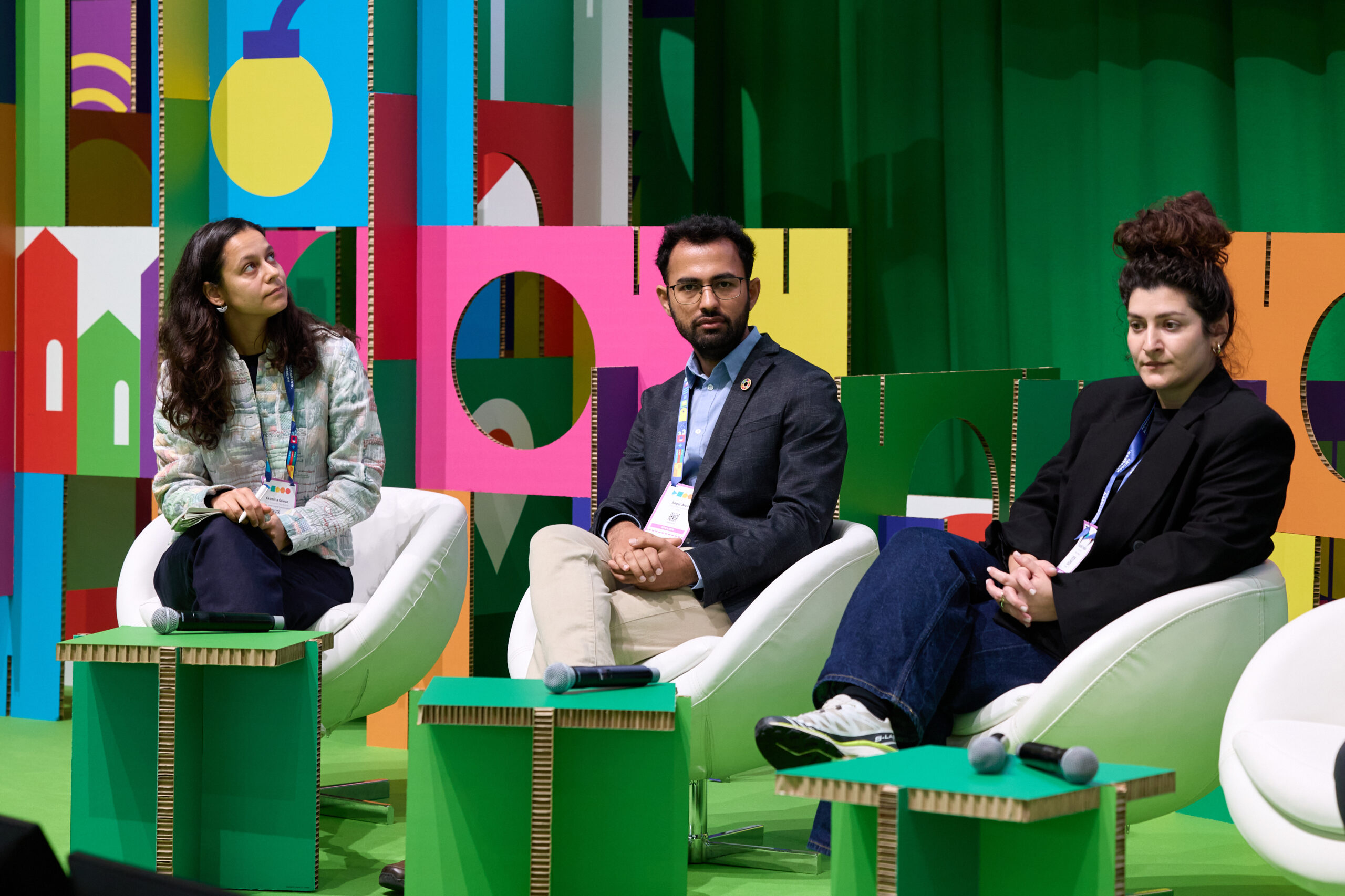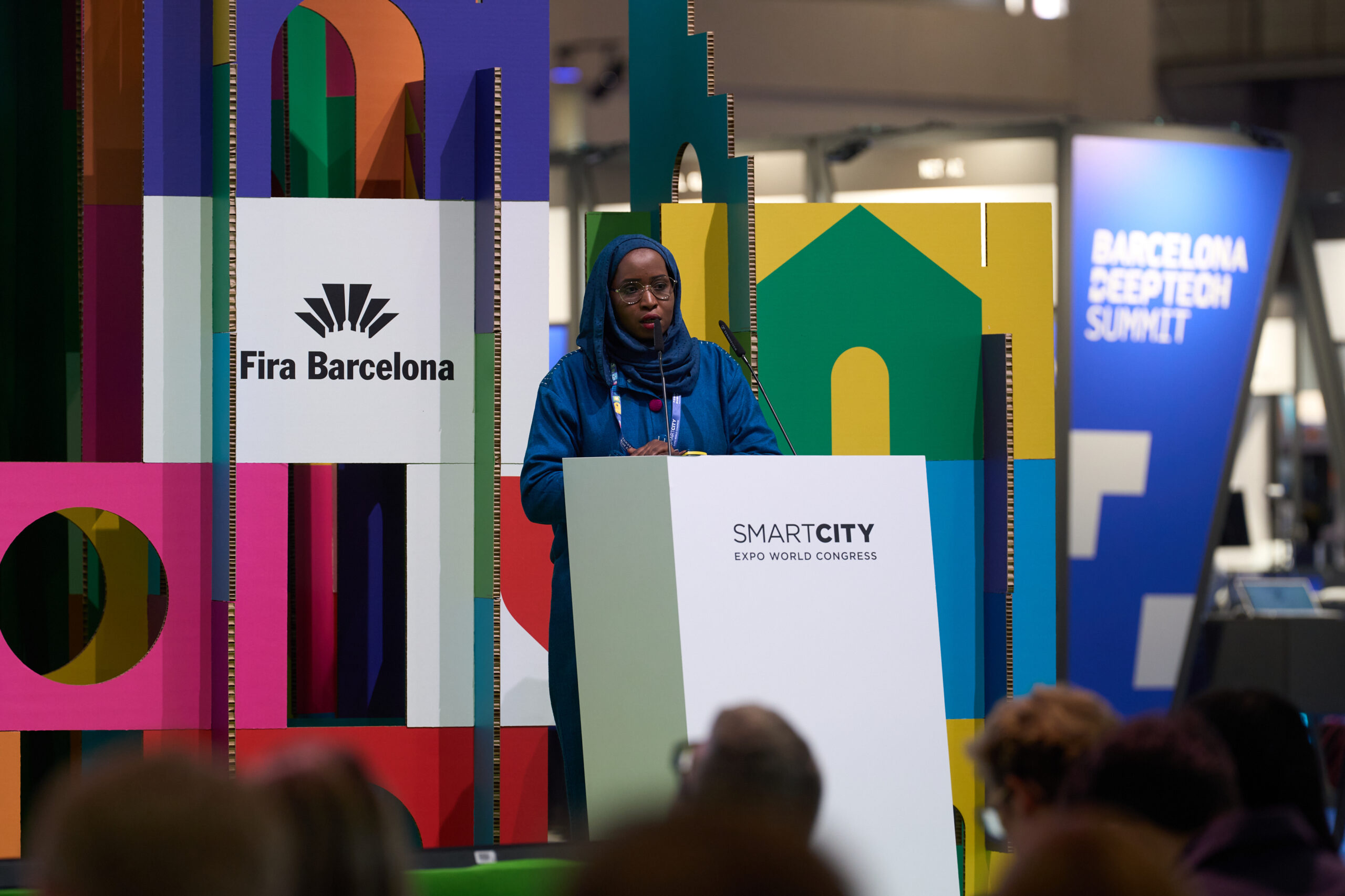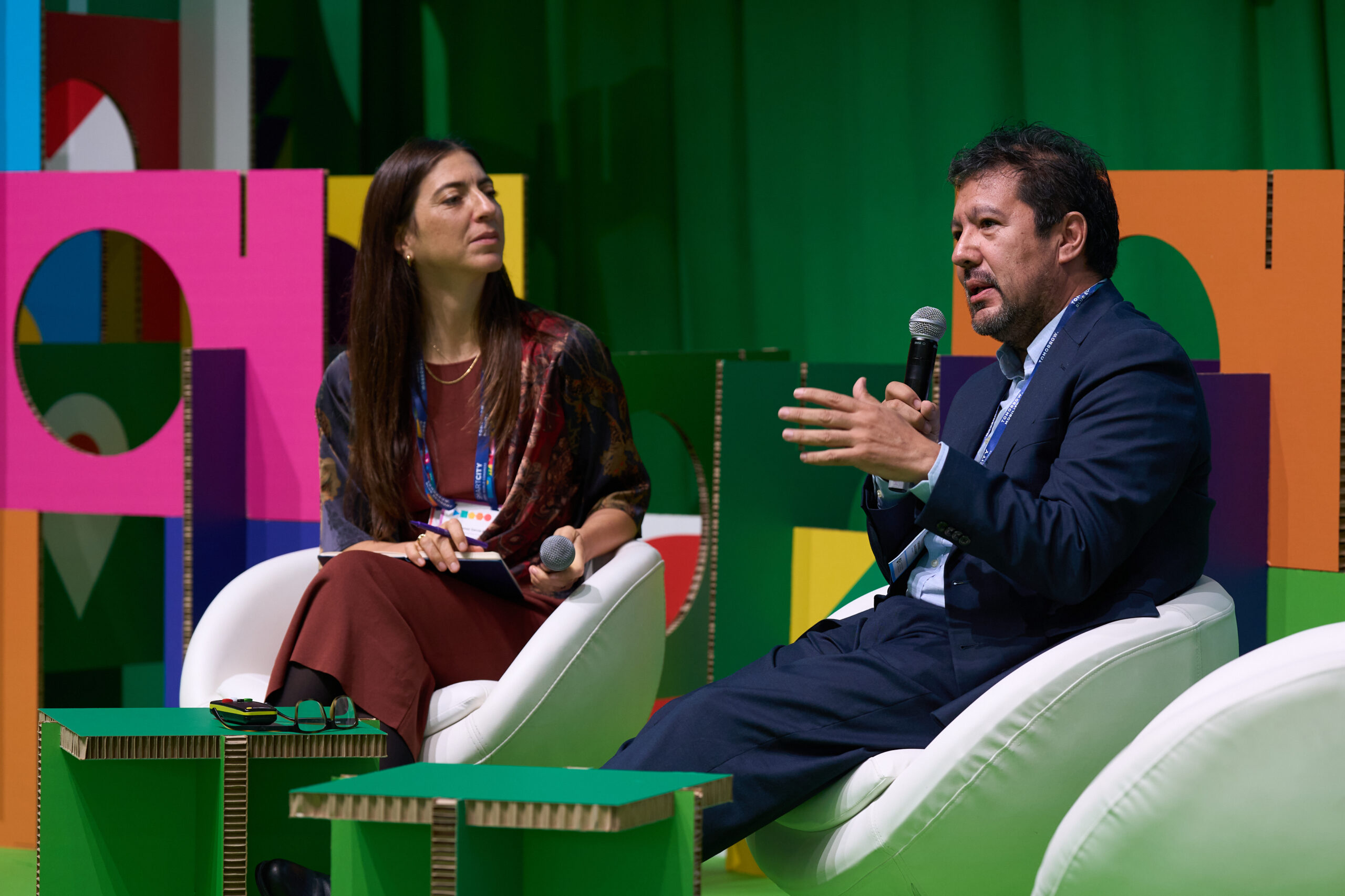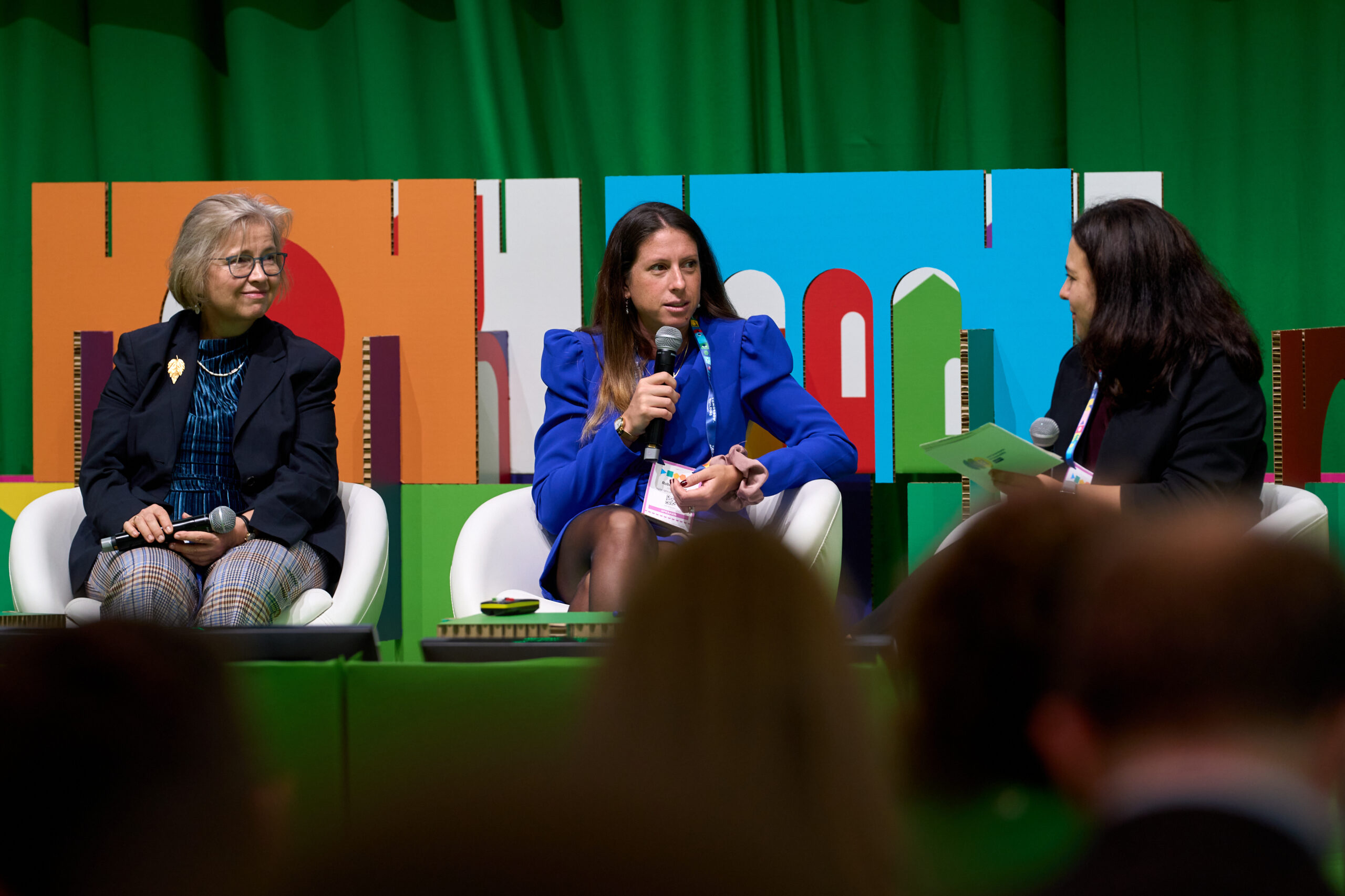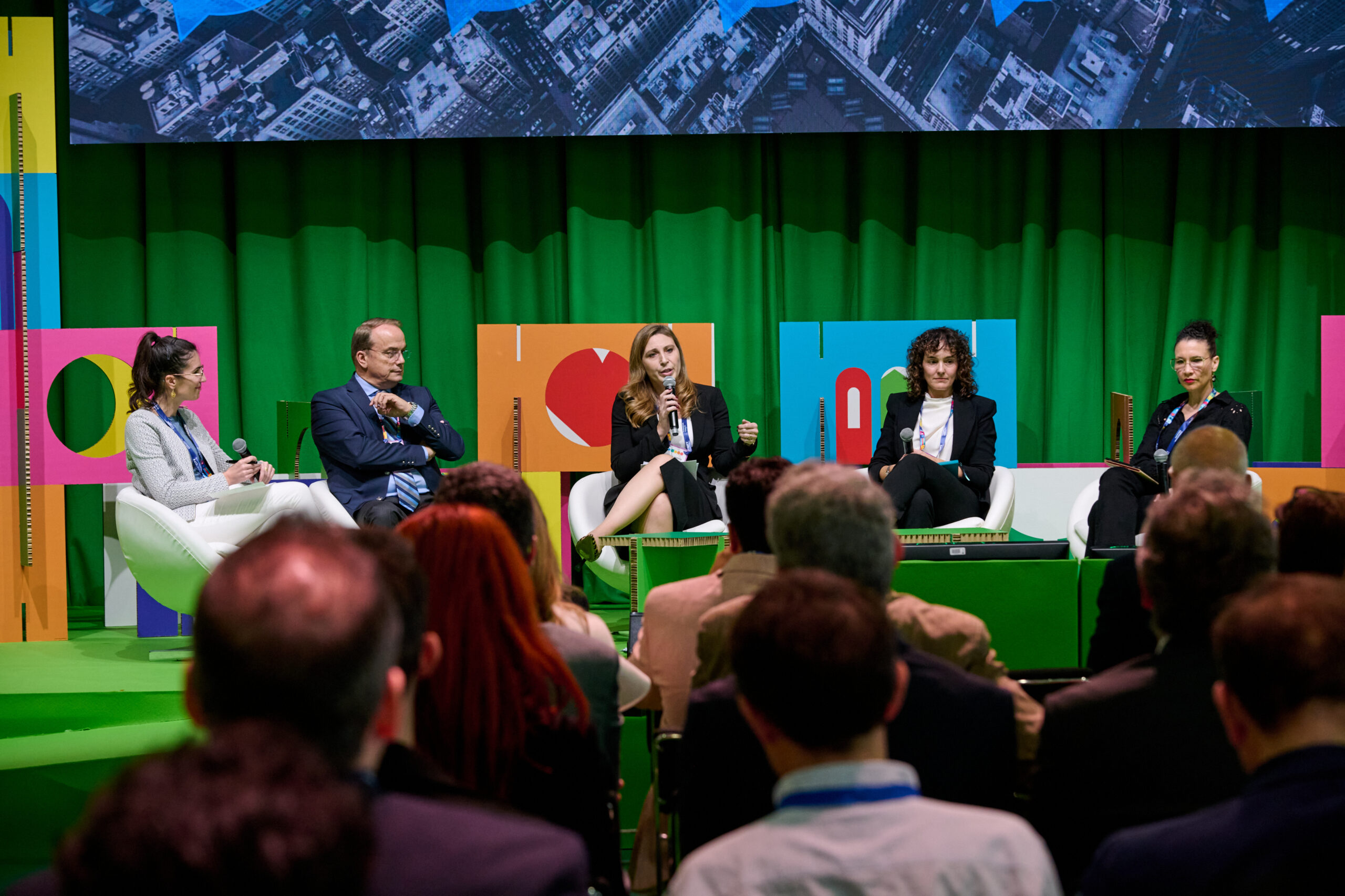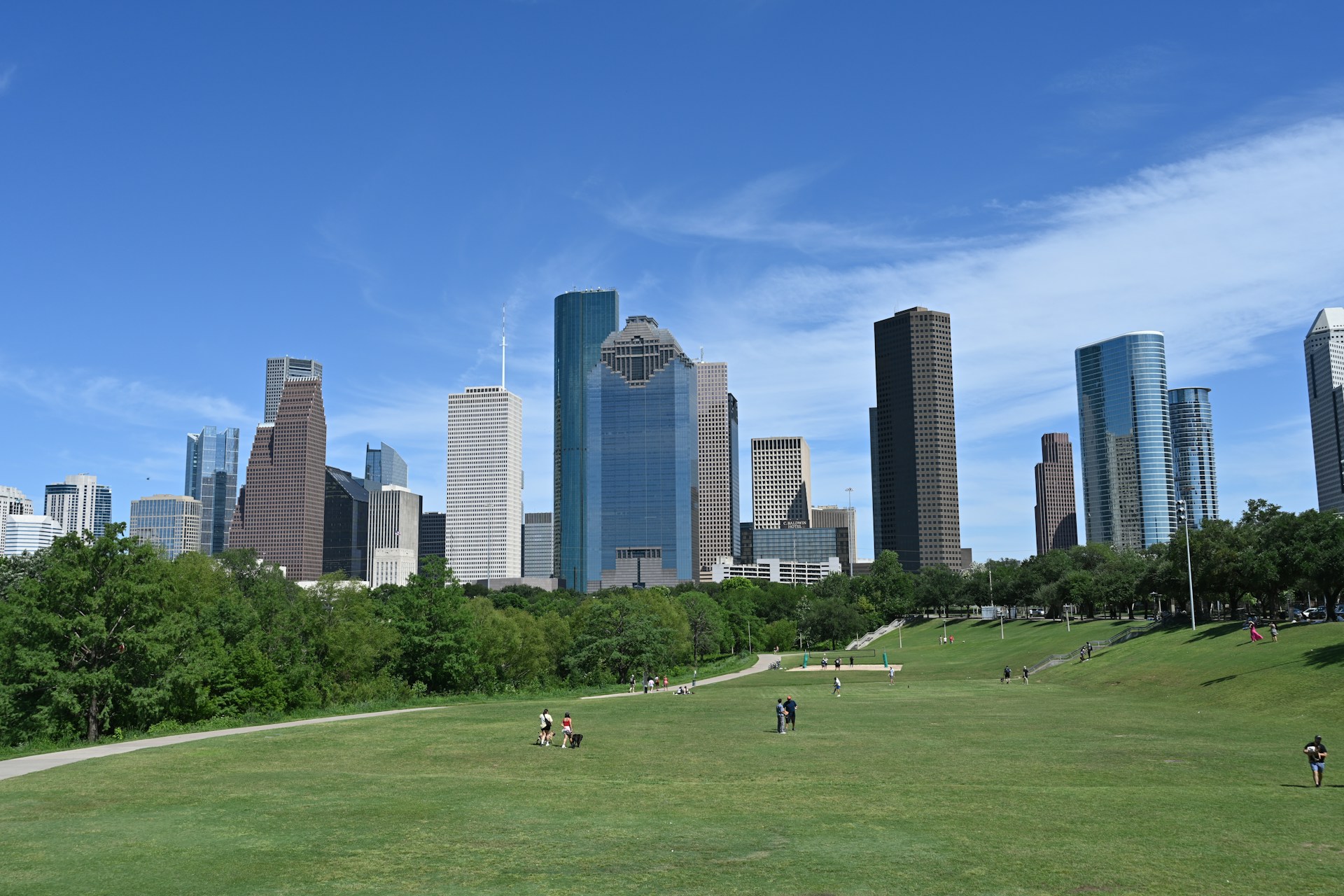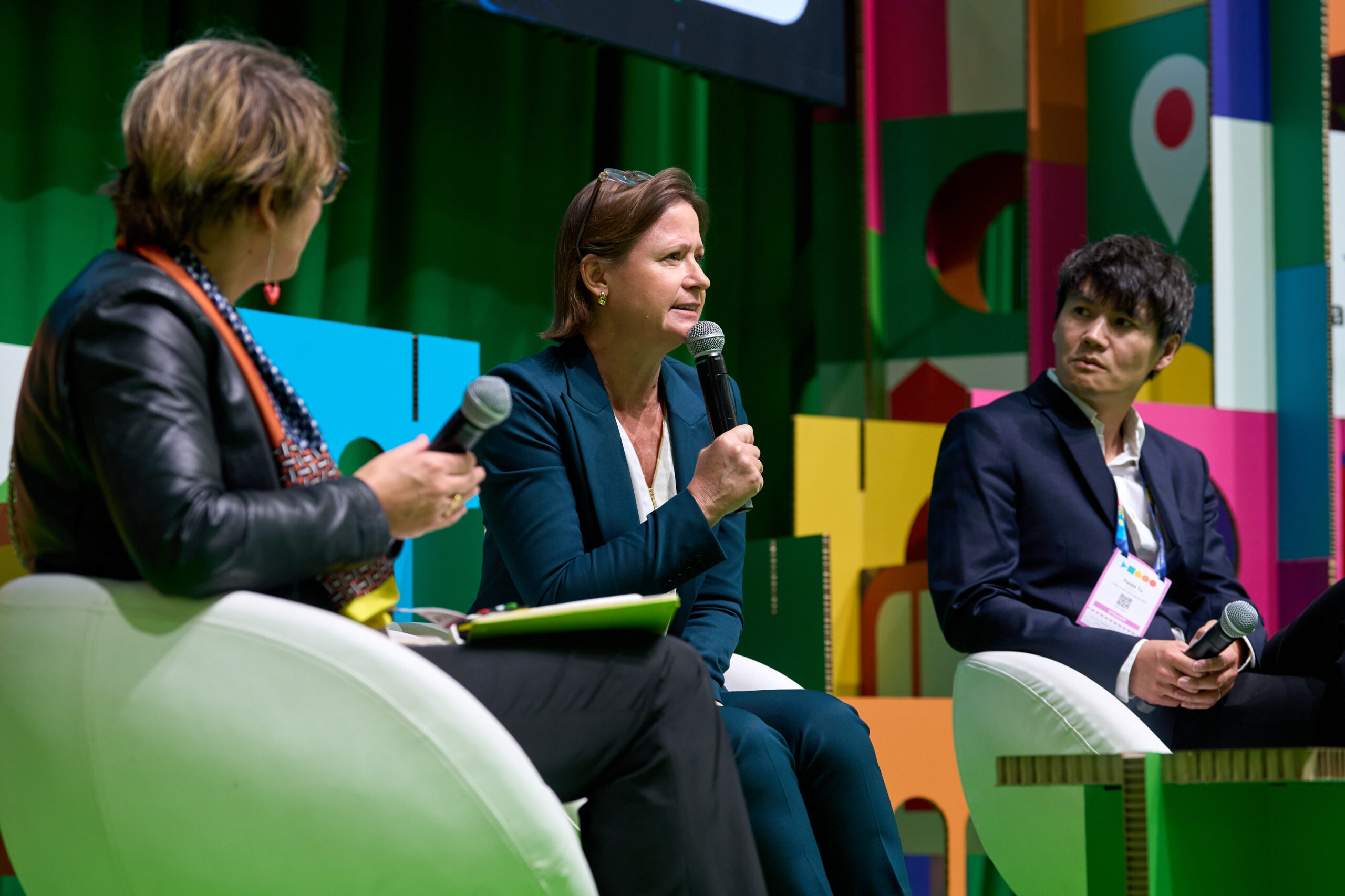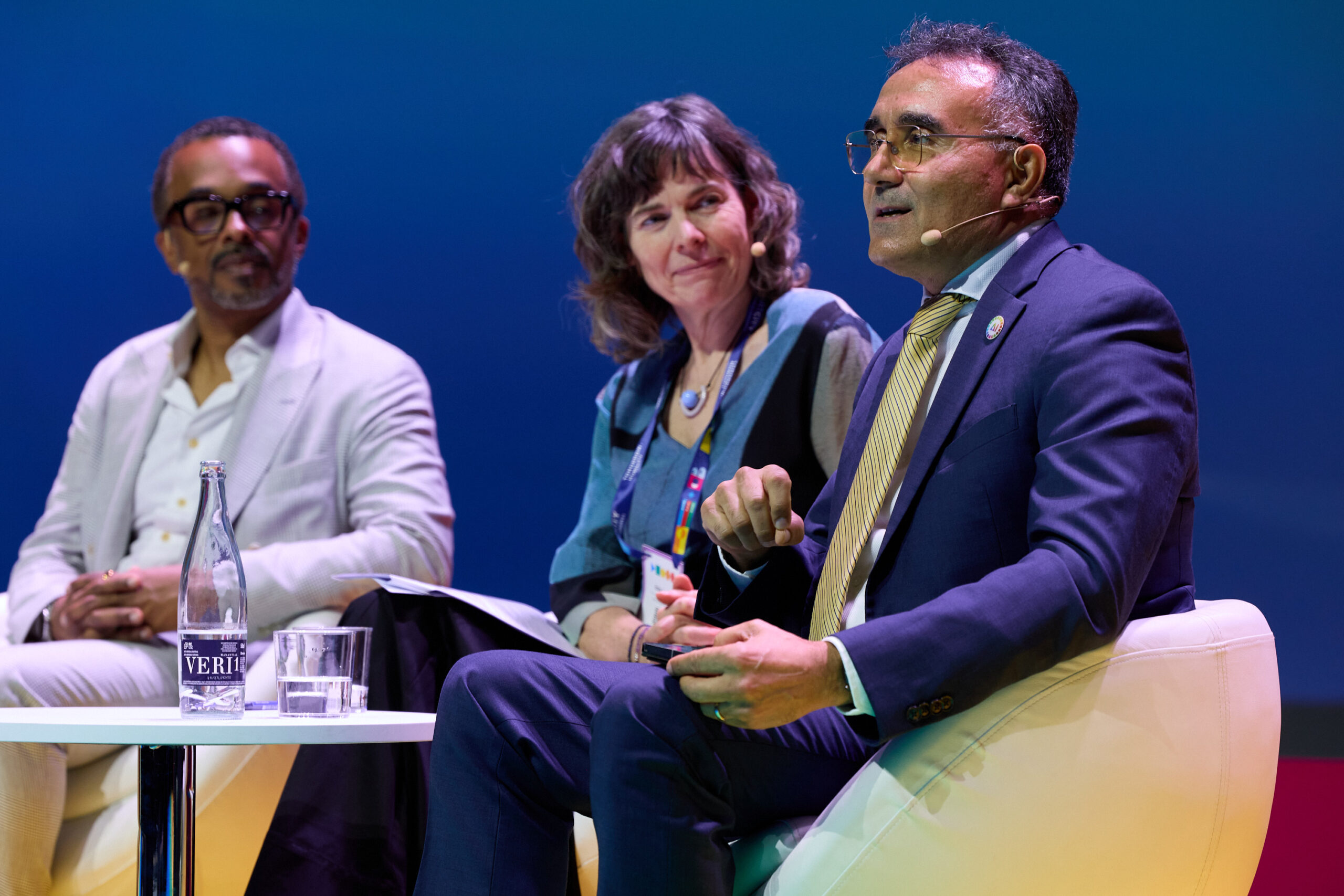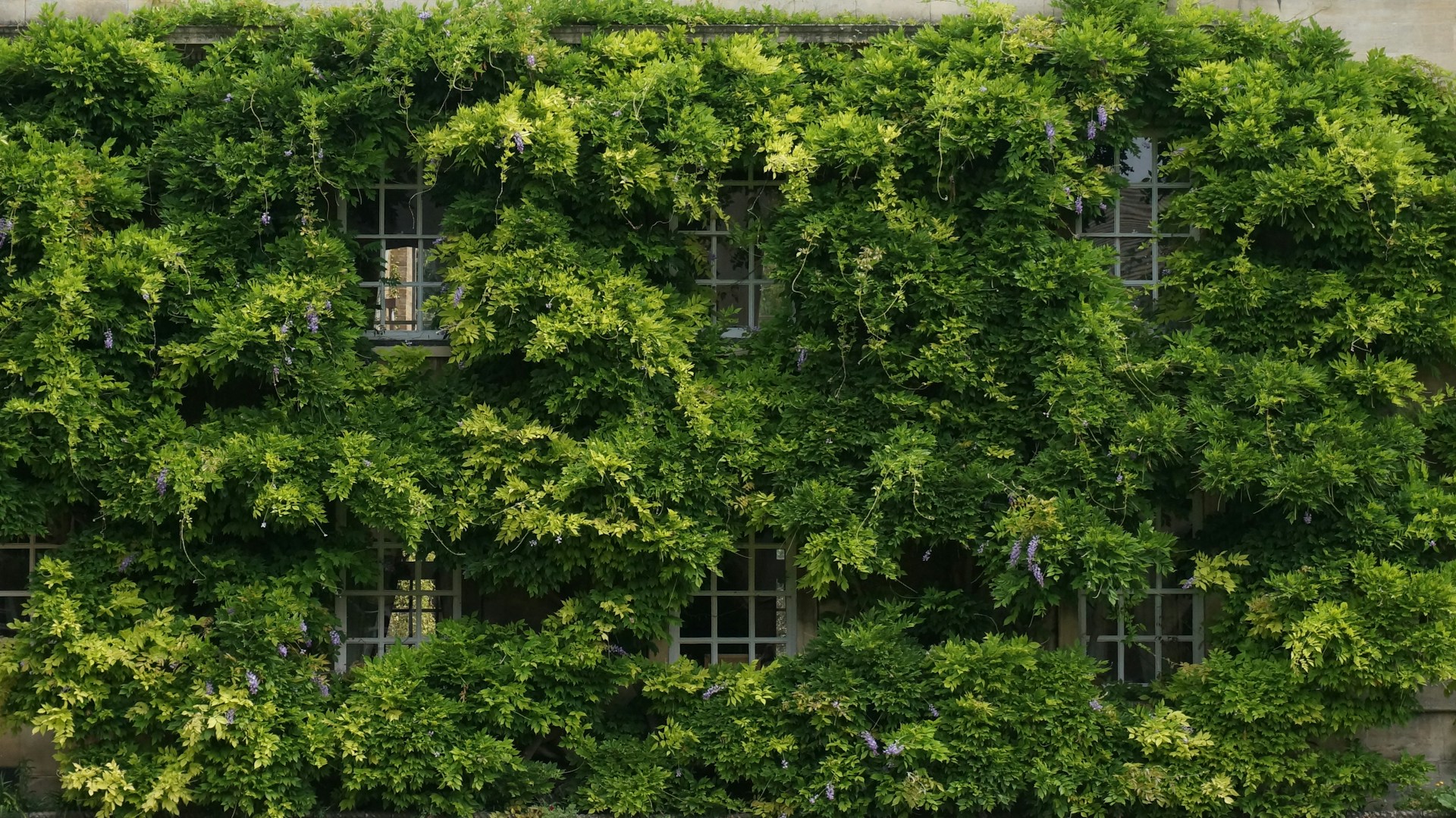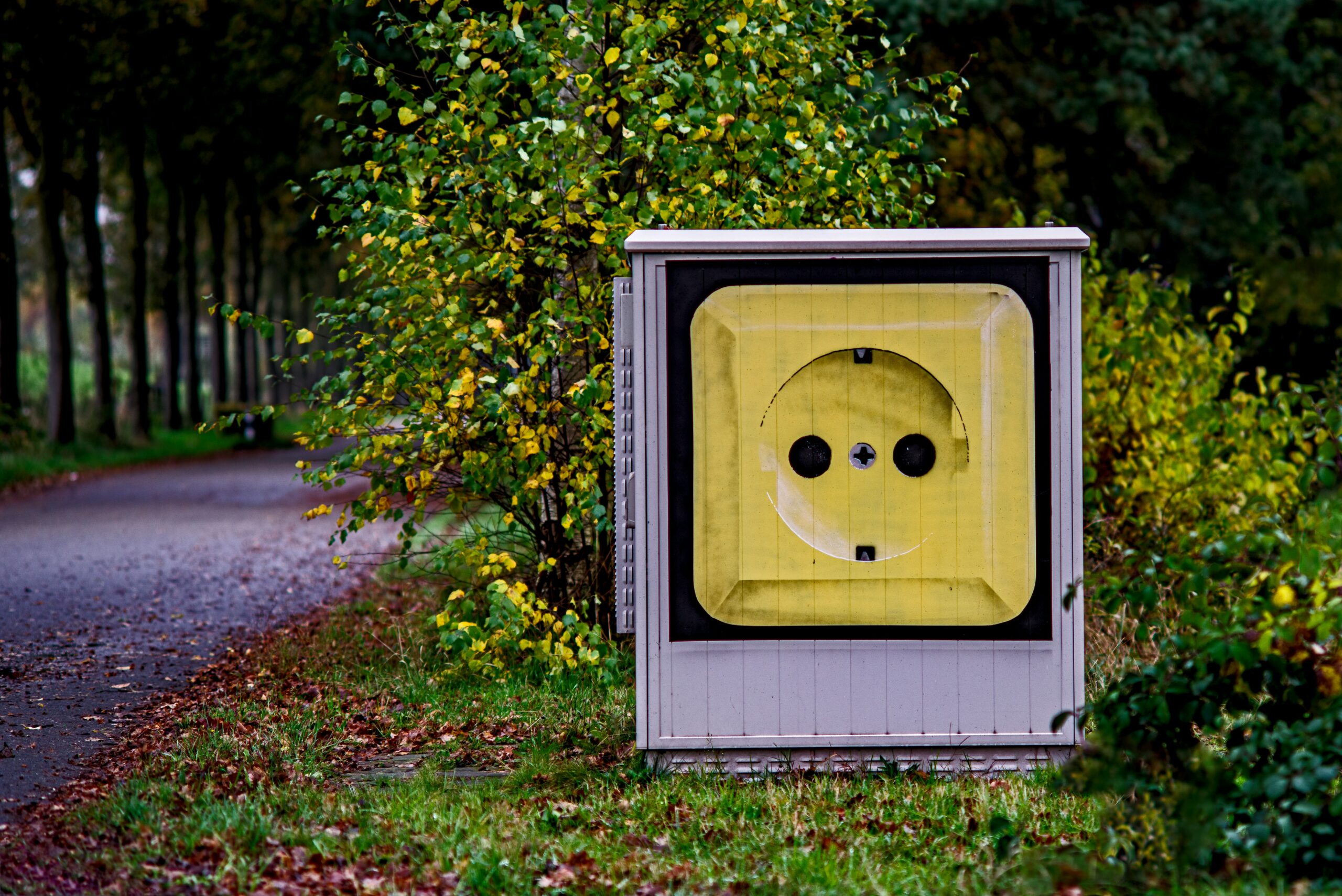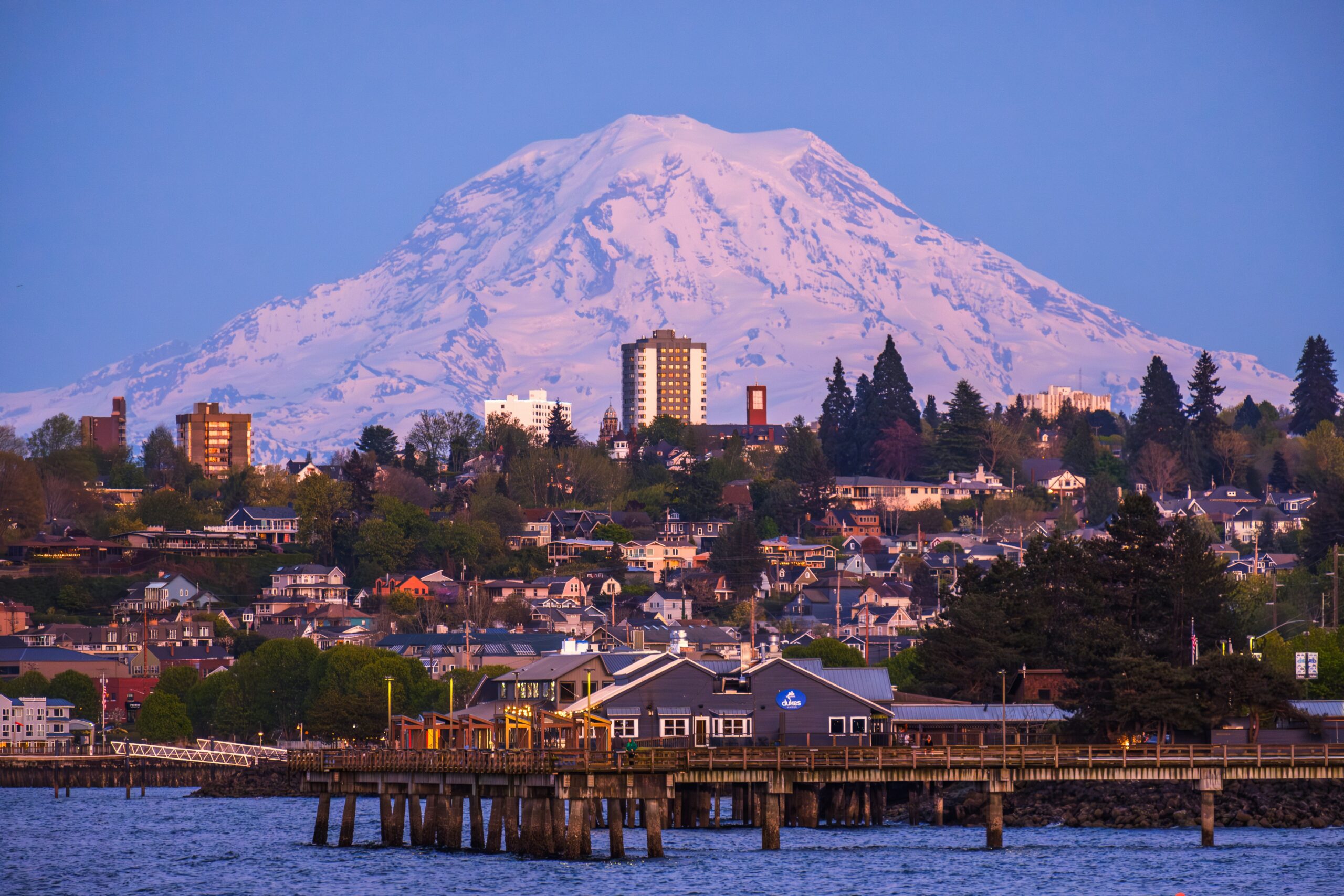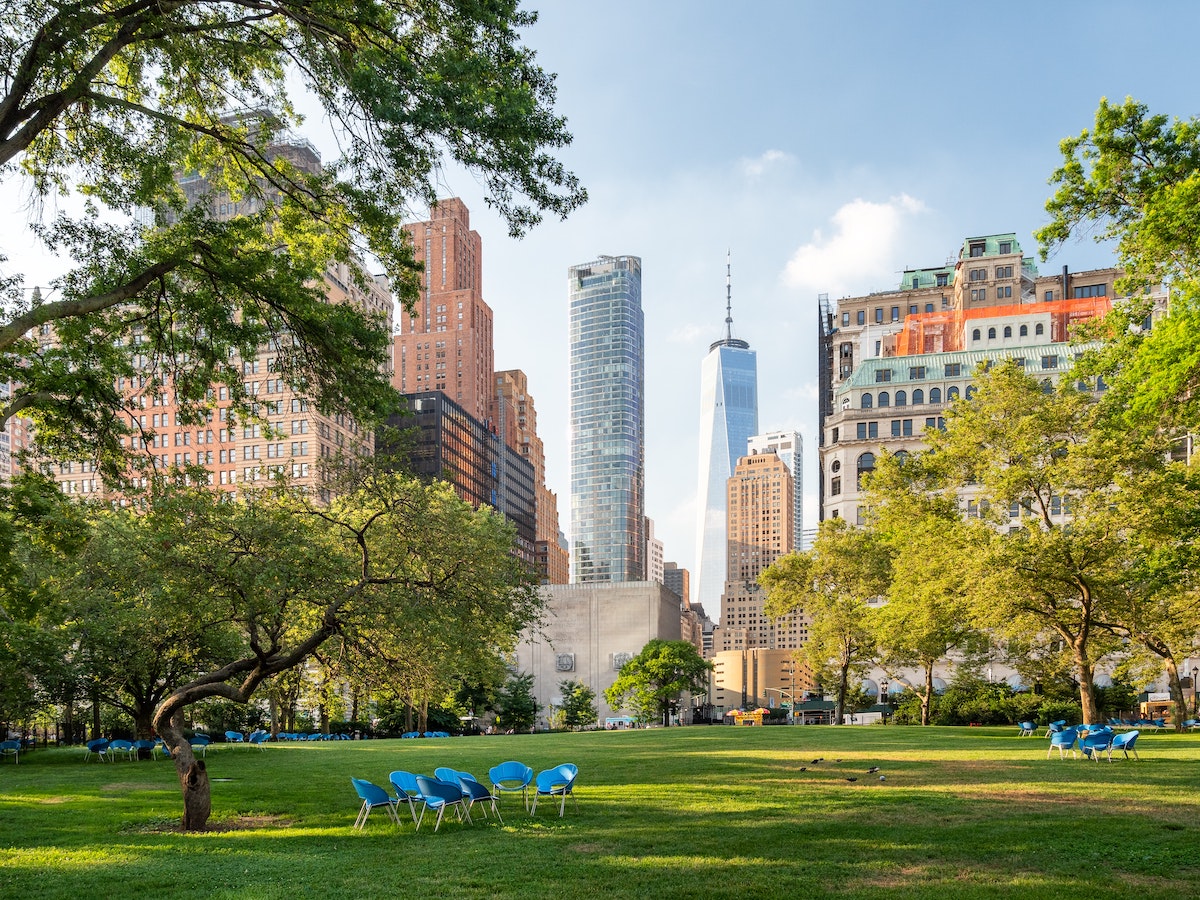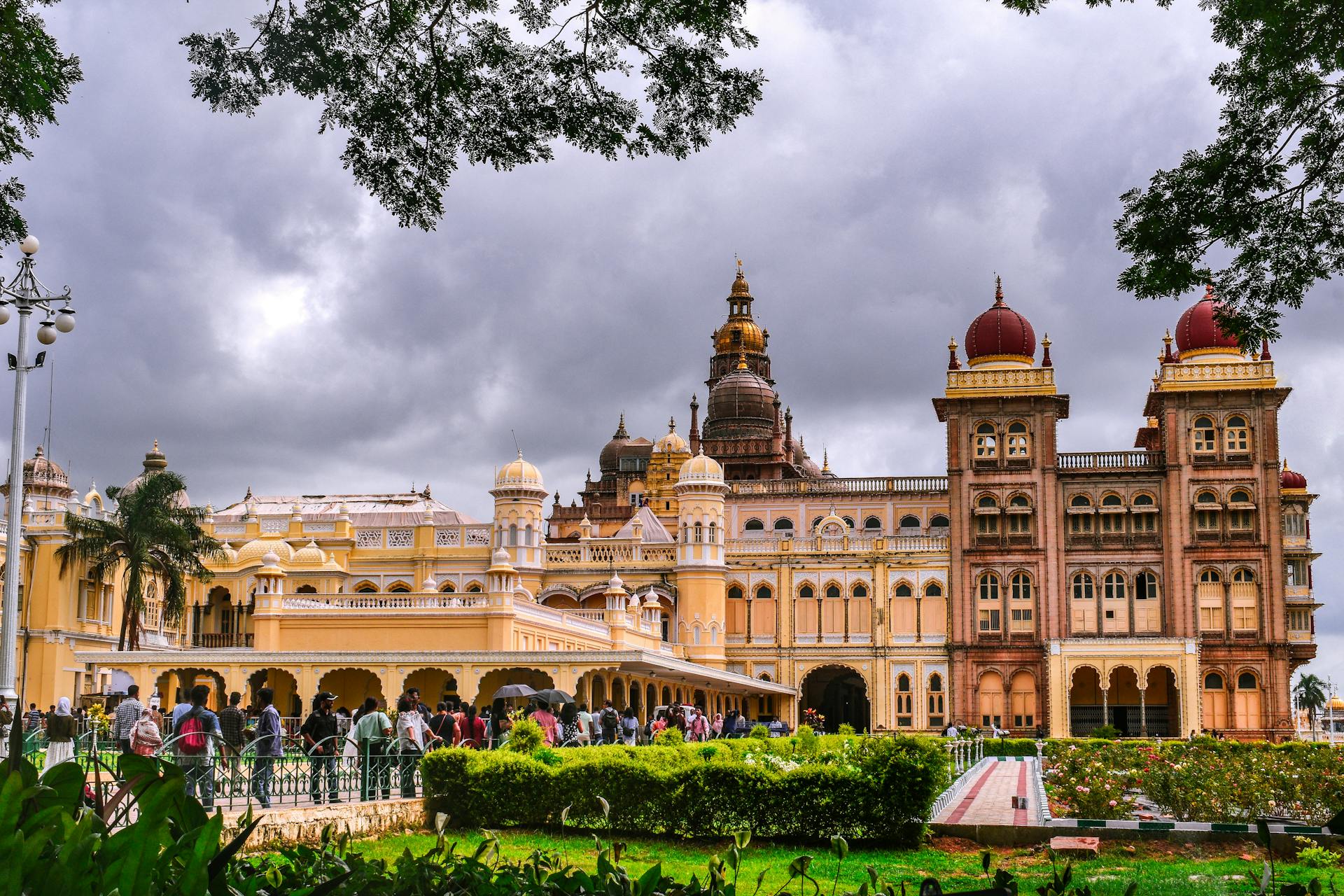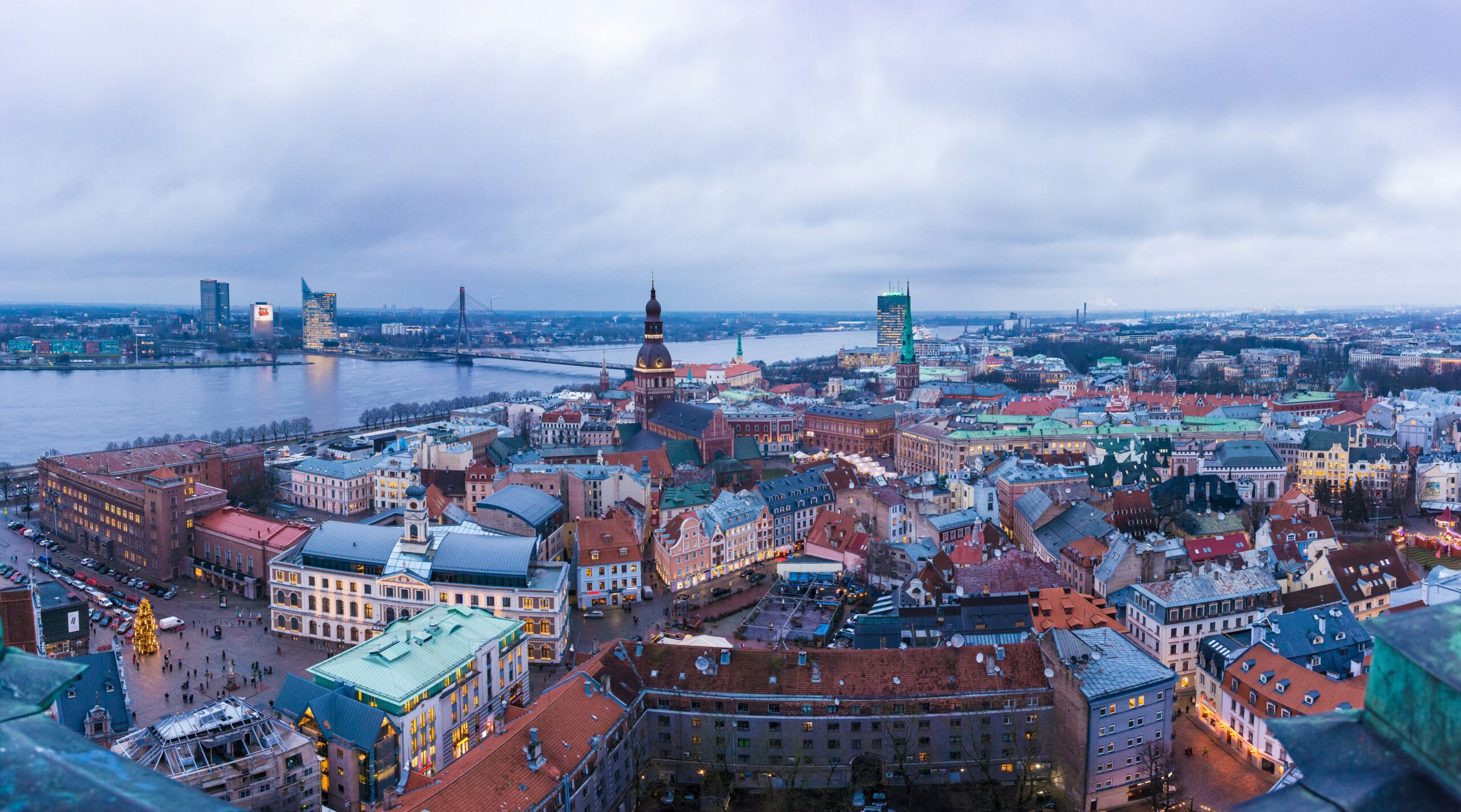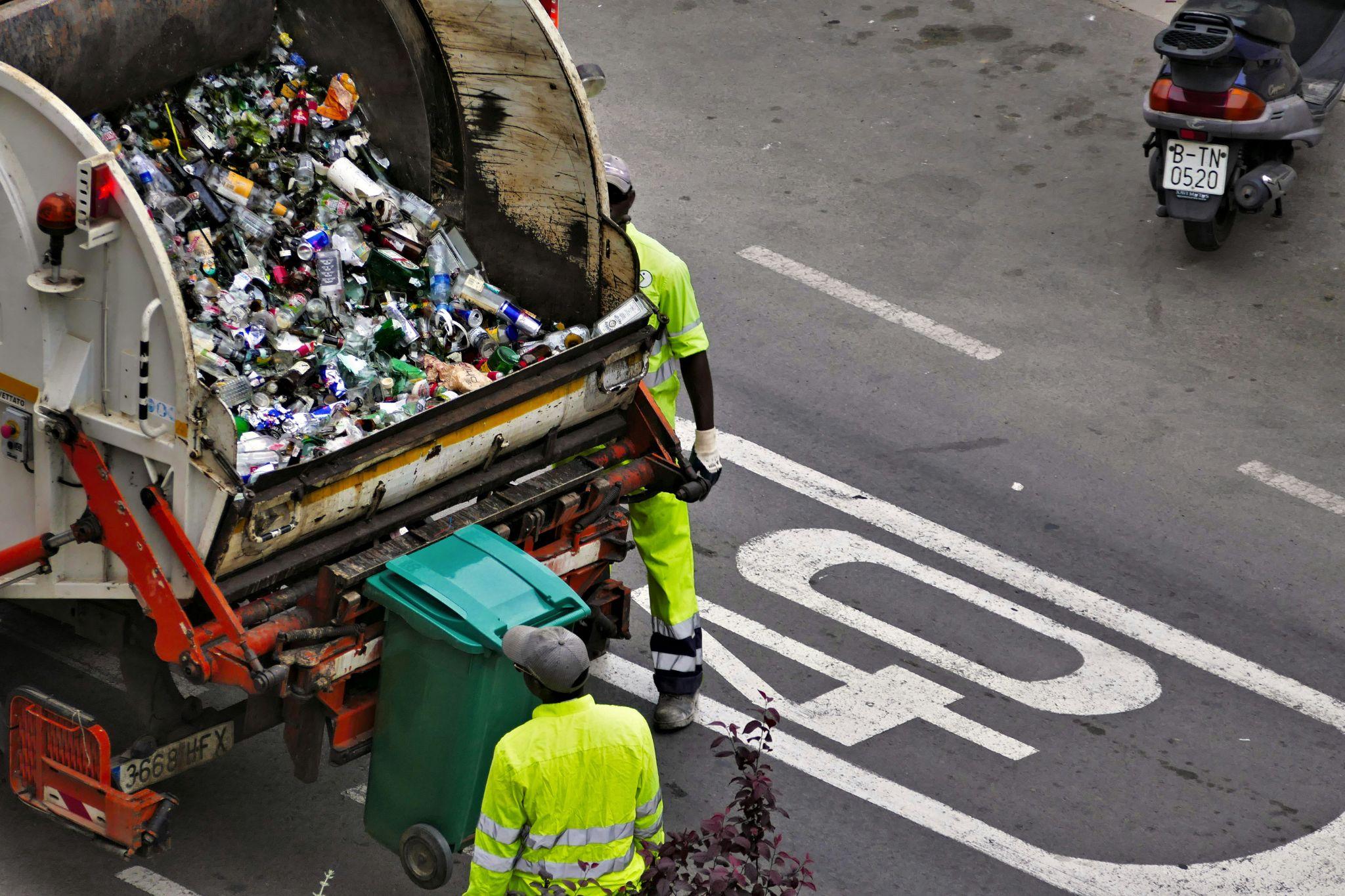Author | Elvira Esparza
For many people living in cities, public parks and gardens are the only contact they have with nature. It is good to be close to them for the benefits they provide: they are spaces for fun and recreation, they foster socialization, they reduce air pollution, they improve climate conditions within cities and they have a positive impact on citizens’ mental and physical health. It therefore comes as no surprise that the WHO recommends living within 300 meters of a park or green space of at least half a hectare.
Large urban parks or small gardens?
Urban gardens were first designed in major cities during the 19th century for aesthetic and functional purposes, guided by the obvious positive impact they had on the population’s wellbeing and on the hygiene of cities. The aim was to reduce the impact of industrial pollution and generate spaces in which people could rest.
The design of urban parks has changed over time. Unused structures and facilities are now being used, such as Berlin’s Tempelhof airport, to create the largest public garden in the city, or The High Line, an elevated park built on an old freight rail line in New York.
Unlike large public parks, there is another trend that prefers the design of smaller spaces to cover the needs of communities that cannot access major parks. An example of this is Paley Park, in New York, surrounded by tall buildings, the site measures just one tenth of an acre. It is a privately-owned park, but it is open to the public on business days offering visitors a place to sit and relax.
Mistakes in urban park planning

However, mistakes are made in the design of urban gardens too, which lead to numerous problems:
Accessibility problems
Parks must be accessible to everyone, ensuring that all people can enjoy them, regardless of their physical condition. A park without ramps or accessible paths denies access to people using wheelchairs.
The solution is to design inclusive spaces based on the use of ramps and barrier free for people with reduced mobility; accessible urban furniture taking into account the height of all people; access to sanitation facilities for wheelchair users and clear signage for accessible routes.
Security problems
Inadequate lighting in a park creates dark areas, which may be dangerous for visitors because there is an increased risk of theft. The feeling of insecurity increases if, in addition to this, there are areas with dense bushes or dark corners where criminals could hide.
The installation of security cameras in strategic points, together with adequate lighting at night, solves many of the security problems associated with parks.
Sustainability problems
The design of urban gardens must be governed by sustainability criteria, in order to reduce resource consumption to a minimum. A common mistake is planting non-native species that require large quantities of water, or planting invasive or toxic species. Also, the use of unsustainable materials on paths and areas for kids contributes to the loss of green spaces and prevents water from infiltrating the soil, while failing to adapt to the effects of climate change makes them more susceptible to heatwaves and drought.
These problems can be solved by choosing native or low-maintenance plant species; appropriate water planning with efficient irrigation systems or the use of renewable energies for lighting.
Location problems
When we refer to a park being badly located, it is generally because it is located near dangerous areas, such as areas with elevated crime levels. Some of the most unsafe urban gardens in the world include Central Park in Ciudad Juarez (Mexico), related to drug trafficking, Bogota’s Central Park (Colombia), although it has improved its security situation in recent years.
If the park is located far away from communities, if it is not accessible using public transport or it is near a motorway with constant traffic, people are not going to be able to enjoy this space. Location problems can be minimized by equipping parks with greater surveillance and improving accessibility.
To prevent these mistakes, urban park planning should take into account sustainability, adaptation to the environment, plant species diversity, without forgetting regular maintenance to prevent an accumulation of waste and the deterioration of the facilities.
Images | Ignacio Brosa, Elizabeth Villalta






